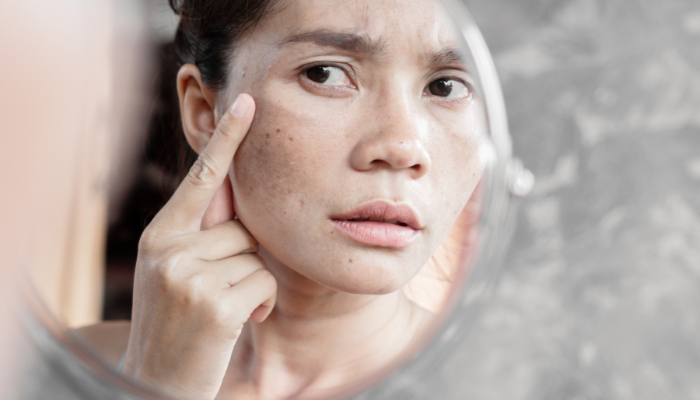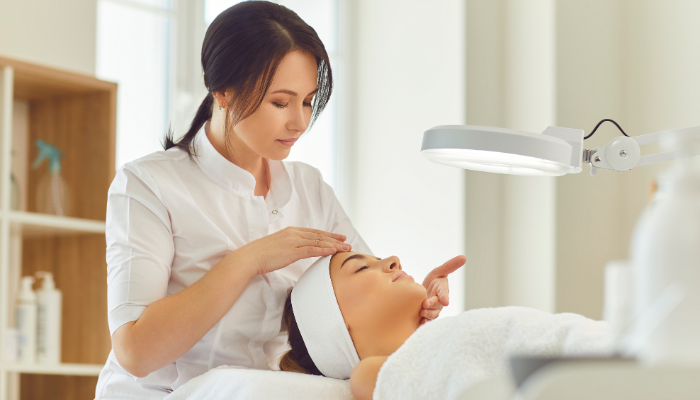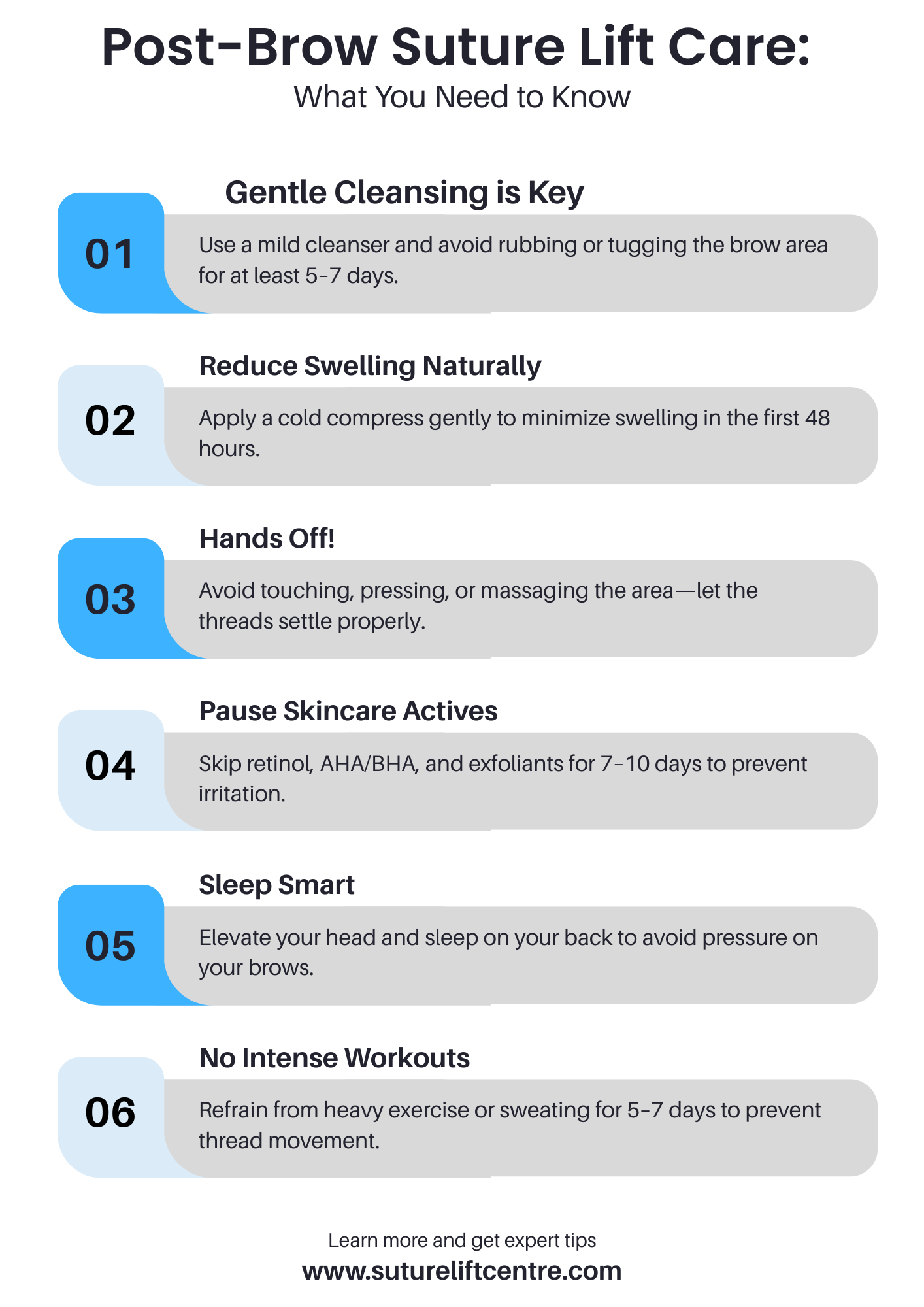Brow suture lift can make a difference, giving you a fresher, more awake look. But, like with any cosmetic procedure, knowing what to expect afterwards is super important.
This guide is all about helping you understand the recovery process, from those first few hours right through to seeing your final results. We’ll cover everything you need to know to make your recovery as smooth as possible.
Key Takeaways
- A brow suture lift is a minimally invasive way to refresh your appearance.
- Proper preparation before the procedure helps ensure a smoother recovery.
- Immediate aftercare is important for managing any discomfort and protecting the treated area.
- The first week of recovery involves specific activity restrictions and dietary considerations.
- Long-term results depend on consistent aftercare and follow-up appointments.
Understanding The Brow Suture Lift

What Is A Brow Suture Lift?
Are you starting to notice a bit of sagging around your brows, making you look a little tired? A brow suture lift might be just what you need. It’s a minimally invasive procedure designed to lift and reshape your eyebrows without the need for extensive surgery.
Think of it as a subtle tweak that can make a surprisingly big difference. It’s a great option if you want a refreshed and more youthful appearance without going ‘under the knife’.
How Does The Procedure Work?
Special medical-grade threads are inserted beneath the skin to lift and support the brow tissues. These sutures have tiny barbs or cones that grip the skin, allowing the practitioner to gently lift and reposition the eyebrows. It’s usually done with local anaesthetic, so it’s relatively comfortable.
The really neat thing is that the sutures also stimulate collagen production, which helps to improve skin firmness and elasticity over time. It’s like getting a lift and a skin boost all in one!
Who Is An Ideal Candidate?
Generally, it’s someone who’s experiencing mild to moderate brow sagging and wants a subtle, natural-looking lift. You might be noticing that your eyebrows are starting to droop, making you look a bit tired or older than you feel.
It’s also a good option if you’re in relatively good health and have realistic expectations about what the procedure can achieve.
If you’re looking for a non-surgical way to refresh your appearance and boost your confidence, a brow suture lift could be a great option. It’s less invasive than a traditional facelift, with minimal downtime, so you can get back to your life sooner.
Preparing For Your Brow Suture Lift
The first step is always a good chat with your practitioner. This initial consultation is super important. It’s where you get to discuss exactly what you’re hoping to achieve, and the doctor can assess whether a brow suture lift is the right option for you.
They’ll have a good look at your brow area, check your skin elasticity, and ask about your medical history. Be honest about any medications you’re taking or any previous cosmetic procedures you’ve had.
This helps them to tailor the procedure to your specific needs and minimise any potential risks. It’s also your chance to ask all those burning questions you’ve been Googling at 3 am!
Pre-Procedure Guidelines
Now, there are a few things you’ll need to do in the weeks leading up to your brow suture lift to make sure everything goes smoothly.
- Firstly, you’ll probably be advised to stop taking certain medications, like aspirin or ibuprofen, as these can increase the risk of bleeding.
- Smoking is a big no-no, as it can impair healing.
- You might also need to avoid alcohol for a few days before the procedure.
Your practitioner will give you a detailed list of instructions, so make sure you read it carefully and follow it to the letter. It might seem like a lot, but it’s all about setting you up for the best possible outcome.
Setting Realistic Expectations
This is a big one. A brow suture lift can make a real difference, but it’s important to have realistic expectations about what it can achieve. It’s not going to turn you into a completely different person, but it can give you a subtle, natural-looking lift that refreshes your appearance.
Remember, the goal is enhancement, not transformation. Have an open and honest conversation with your practitioner about what you’re hoping to achieve, and they can help you understand what’s possible. Looking at before-and-after photos can also be helpful, but bear in mind that everyone’s different, and your results may vary.
Immediate Post-Procedure Care

Managing Discomfort And Swelling
Now comes the bit where you need to be a bit patient and kind to yourself. The first few days are all about managing any discomfort and keeping the swelling down. Don’t stress, it’s all part of the process. Simple things like applying cold compresses can make a world of difference.
Just wrap some ice in a towel and gently apply it to the area for about 15-20 minutes at a time, several times a day. Also, try to keep your head elevated, even when you’re sleeping. Prop up a couple of extra pillows – it helps reduce the swelling.
Protecting The Treated Area
Protecting the area is super important. Think of it like this: you’ve just had some delicate work done, and you want to give it the best chance to heal properly. That means being gentle and avoiding anything that could put pressure on the area.
Try not to touch your brows too much, and definitely avoid rubbing or scratching. It’s also a good idea to steer clear of any strenuous activities that could cause you to sweat a lot, at least for the first few days. Sweating can increase the risk of infection, and nobody wants that.
Essential Aftercare Practises
Following your practitioner’s instructions is key, but here are some general aftercare tips:
- Medication: Take any prescribed medication as directed. This might include painkillers or antibiotics.
- Cleaning: Gently clean the incision sites as instructed. Usually, a mild cleanser is all you need.
- Sun Protection: Avoid direct sunlight. Wear a hat if you need to go outside.
Listen to your body. If something doesn’t feel right, don’t hesitate to contact your practitioner. They’re there to help and would rather address a small concern early than have it turn into a bigger problem later on. Remember, a little bit of extra care now can make a big difference in the long run.
Navigating The First Week Of Recovery
The first week is key for healing and getting the best results. It might seem a bit daunting, but stick with it, and you’ll be through it before you know it. Let’s break down what to expect and how to handle it.
Activity Restrictions And Rest
Avoid anything strenuous – no heavy lifting, intense workouts, or anything that gets your heart rate up too much. Think gentle walks, not marathons. Aim for at least 7-8 hours of sleep each night, and try to sleep on your back with your head slightly elevated.
This helps to minimise swelling. Basically, take it easy and let your body heal.
Dietary Considerations For Healing
What you eat can really impact your recovery. Focus on foods that are easy to digest and packed with nutrients. Think soups, smoothies, and soft foods that don’t require a lot of chewing.
Stay hydrated by drinking plenty of water. Avoid salty foods, as they can increase swelling. Also, it’s best to steer clear of alcohol and processed foods, as they can hinder the healing process. A balanced diet will give your body the fuel it needs to recover quickly.
Recognising Normal Versus Concerning Symptoms
It’s normal to experience some swelling, bruising, and discomfort in the first few days. You might also feel some tightness or pulling sensations around your brow area. These symptoms should gradually improve over the week.
However, keep an eye out for any signs of infection, such as increased redness, warmth, pus, or a fever. If you experience severe pain that isn’t relieved by medication, or any sudden changes in your vision, contact your practitioner immediately.
Remember, everyone’s recovery is different, so don’t compare yourself to others. Listen to your body, follow your practitioner’s instructions, and don’t hesitate to reach out if you have any concerns. You’ve got this!
Long-Term Recovery And Results

Maintaining Your Enhanced Appearance
Now, how do you keep that refreshed look going? Well, it’s all about a bit of maintenance and making some smart choices. Think of it as investing in your investment.
- Sun Protection: This is massive. The sun is a major culprit when it comes to skin ageing, so slap on that SPF every day, even when it’s cloudy. Seriously, make it a habit.
- Hydration: Keep your skin plump and happy by drinking plenty of water.
- Gentle Skincare: Avoid harsh chemicals and abrasive treatments that could irritate your skin. Stick to gentle cleansers and moisturisers.
It’s easy to fall back into old routines, but a few simple changes can really help prolong the effects of your brow suture lift. Small efforts add up over time.
Follow-Up Appointments And Adjustments
Don’t skip those follow-up appointments. Your practitioner will want to check how you’re healing and make sure everything’s settling nicely. If you have any concerns or notice anything unusual, these appointments are the perfect time to bring them up.
Sometimes, a little tweak here or there can make a big difference to the overall result. It’s all part of the process, so embrace it.
Understanding The Longevity Of Results
Okay, let’s talk about how long you can expect your brow suture lift to last. Suture lifts are designed to be a permanent solution, unlike temporary thread lifts. The sutures themselves are intended to stay in place, providing ongoing support.
However, it’s important to remember that the natural ageing process will continue. Your skin will still change over time, and gravity will still do its thing. But, with good skincare and a healthy lifestyle, you can definitely maximise the longevity of your results.
Potential Side Effects And When To Seek Help
It’s important to be aware of potential side effects after a brow suture lift. While most are mild and temporary, knowing what to expect can ease your mind and help you recognise when something needs attention.
Common And Expected Side Effects
Right after the procedure, it’s normal to experience some swelling and bruising. You might also feel some tenderness or discomfort around the suture sites. These effects are usually at their peak in the first few days and gradually subside over the first week or so.
Mild asymmetry can also occur initially as the tissues settle. Other common side effects include:
- Redness around the incision points.
- A feeling of tightness or pulling.
- Numbness or altered sensation in the brow area.
These are generally nothing to worry about and will resolve on their own. Simple pain relief, like paracetamol, can help manage any discomfort.
Signs Of Complications
While serious complications are rare, it’s important to know what to look out for. Contact your practitioner immediately if you experience any of the following:
- Signs of infection, such as increased redness, swelling, warmth, or pus at the incision sites.
- A high temperature (over 38°C).
- Severe or worsening pain that isn’t relieved by pain medication.
- Sudden or significant asymmetry.
- Suture extrusion (the suture coming through the skin).
It’s always better to err on the side of caution. If you’re unsure about a symptom, don’t hesitate to reach out to your practitioner for advice.
Contacting Your Practitioner
Your practitioner is your best resource for any concerns you have during your recovery. They will provide you with specific instructions and contact information. Don’t hesitate to reach out to them if you have any questions or worries, no matter how small they may seem.
Regular follow-up appointments are also important to monitor your progress and ensure optimal healing. They’re there to support you throughout your recovery journey, so use them!
Optimising Your Recovery Journey
It’s all about making sure you get the best possible results, and that means tweaking a few things in your daily life. First off, ditch the cigarettes. Seriously. Smoking can really mess with healing because it reduces blood flow to the skin.
Here’s a few things to consider:
- Avoid strenuous exercise for at least a couple of weeks. You don’t want to put unnecessary strain on the treated area.
- Sleep on your back with your head elevated. This helps to minimise swelling.
- Limit your sun exposure. UV rays can damage your skin and slow down the healing process.
Think of this time as an investment in your new look. A few temporary changes can make a huge difference in the long run.
Skincare Regimen Post-Lift
Your skin will be a little sensitive after the procedure, so it’s time to baby it. Ditch the harsh chemicals and abrasive scrubs. Instead, go for gentle, hydrating products.
- Use a mild cleanser to keep the area clean.
- Apply a soothing moisturiser to prevent dryness.
- Consider using a serum with ingredients like hyaluronic acid to boost hydration.
It’s also a good idea to avoid heavy makeup for a while. Let your skin breathe and heal properly. If you must wear makeup, choose lightweight, non-comedogenic products.
Psychological Well-Being During Recovery
It’s easy to get caught up in the physical aspects of recovery, but don’t forget about your mental well-being. It’s normal to feel a bit anxious or self-conscious during this time. Be patient with yourself, and remember that healing takes time.
Here’s a few tips to help you stay positive:
- Practise relaxation techniques like deep breathing or meditation.
- Engage in activities that you enjoy, such as reading, listening to music, or spending time with loved ones.
- Talk to a friend, family member, or therapist if you’re feeling overwhelmed.
Remember, this is a journey, and it’s okay to ask for help along the way. The most important thing is to take care of yourself, both inside and out.
Conclusion
Getting a brow suture lift is a big step, and knowing what to expect during recovery really helps. It’s all about taking it easy, following your doctor’s advice, and being patient with your body. Remember, everyone heals a bit differently, but with the right care, you’ll be enjoying your refreshed look in no time.
If you’re thinking about this procedure, chat with a good doctor. They can help you figure out if it’s right for you and guide you through the whole process. You’ve got this!
Frequently Asked Questions
What exactly is a brow suture lift?
A brow suture lift is a clever, minimally invasive procedure that gently lifts and reshapes your eyebrows. It uses special, permanent threads placed just under the skin to give you a refreshed, more youthful look without major surgery. It’s perfect if you’re seeing a bit of sagging and want a subtle, lasting enhancement.
Who is a good candidate for this procedure?
The procedure involves inserting fine, permanent sutures (threads) with tiny grips under the skin. These threads are then carefully pulled to lift and hold the brow in a higher, more pleasing position. It’s done with local anaesthetic, so it’s comfortable, and the threads also encourage your skin to make more collagen, which helps it become firmer over time.
What kind of results can I expect from a breast suture lift?
Generally, the best candidates are those who have mild to moderate drooping of their eyebrows and want a natural-looking lift. If you’re in good health and have sensible expectations about the outcome, this could be a great choice for you. It’s about enhancing your natural beauty, not completely changing it.
What's the recovery time like after a brow suture lift?
One of the biggest advantages is how little downtime there is. Most people experience only slight swelling or bruising for a few days. You can usually get back to your normal routine quite quickly. The small entry points heal very well, often with no visible marks.
Are the results of a brow suture lift permanent?
Yes, absolutely! Unlike some temporary treatments, the sutures used in a brow suture lift are permanent. They integrate with your tissues, creating a durable internal support system. This means the results are long-lasting and stable, giving you a refreshed look that stands the test of time, even with facial movements.
What are the possible side effects, and when should I be worried?
While the procedure is designed to be very safe, some common and mild side effects include slight swelling, bruising, or tenderness around the treated area. These usually settle down quickly. It’s rare, but if you notice anything unusual like severe pain, excessive swelling, or signs of infection, you should contact your practitioner straight away.




